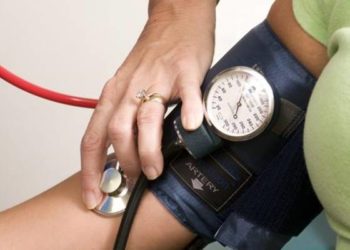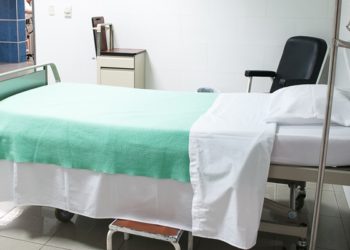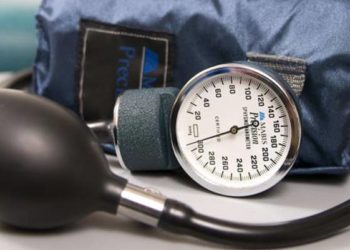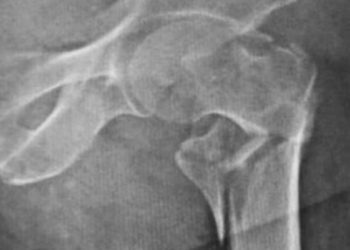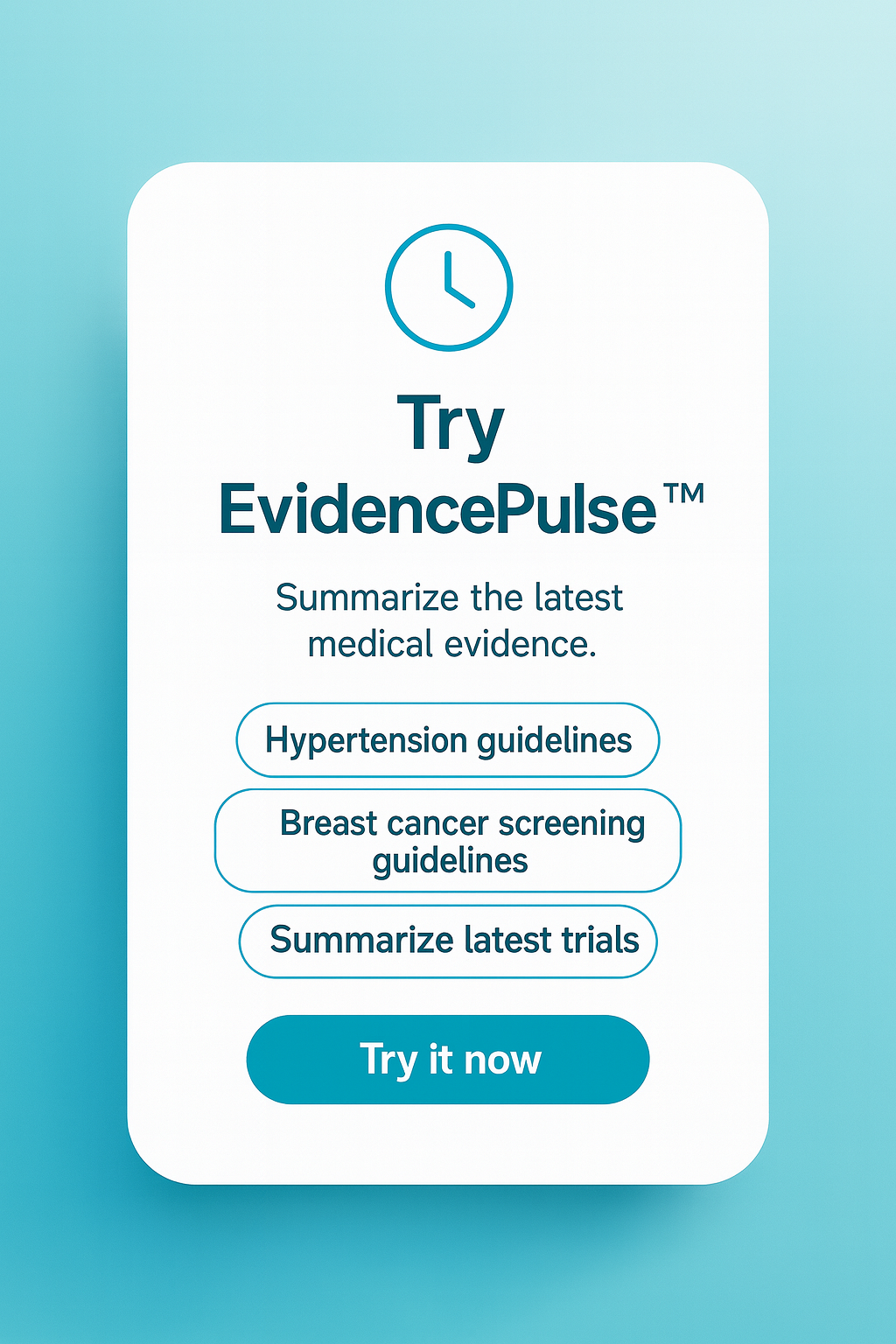Orthostatic hypotension measurements done within one minute associated with adverse outcomes
1. In this prospective cohort study, measurements of orthostatic hypotension within one minute of standing were associated with higher odds of history of dizziness and higher rates of fracture, syncope, and death.
2. Contrary to existing belief and clinical practice, measurements done after one minute were not associated with history of dizziness and inconsistently associated with long-term adverse outcomes.
Evidence Rating Level: 2 (Good)
Study Rundown: Orthostatic hypotension (OH) may be a common cause of dizziness in middle aged and elderly patient populations. Current guidelines recommend checking for orthostatic hypotension be measuring blood pressure while supine and then 3 minutes after standing. However, it is not known if measurements performed immediately after standing predict adverse events as strongly as the ones done after 3 minutes of standing. This prospective cohort study aimed to compare early versus late OH measurements and their association with history of dizziness and adverse events.
Orthostatic hypotension assessments performed within 1 minute of standing were associated with higher odds of history of dizziness, higher rate of fracture, syncope and death. Measurements obtained after 1 minute were not associated with dizziness and inconsistently associated with long-term adverse outcomes. Strengths of this study included its large, prospective design however limitations included variability in the length of time required for patients to stand and also when the time assessments were obtained, thus impacting internal validity.
Click to read the study, published in JAMA Internal Medicine
Relevant Reading: Orthostatic hypotension predicts all-cause mortality and coronary events in middle-aged individuals (The Malmö Preventive Project)
In-Depth [prospective cohort]: This prospective cohort study was conducted using patient data from the Atherosclerosis Risk in Communities Study (1987-1989) and included healthy adults aged 44 to 66 years old. The exposure of interest was OH measurements, from supine to standing positions, measured up to 5 times at 25-second intervals. Outcomes of interest were association with the history of dizziness, risk of fall, fracture, syncope, motor vehicle crashes and all-cause mortality over a median of 23 years of follow-up. Statistical analysis included logistic and Cox regression.
A total of 11 429 participants with at least 4 OH measurements were followed. Orthostatic hypotension assessed at measurement 1 (mean [SD] 28 [5.4] seconds; range 21-62 seconds) was associated with higher odds of dizziness (OR 1.49; 95% CI 1.18-1.89), higher risk of falls (HR 1.22; 95% CI 1.03-1.44), fractures (HR 1.16; 95% CI 1.01-1.34), syncope (HR 1.40; 95% CI 1.20-1.63) and all-cause mortality (HR 1.36; 95% CI 1.04-1.96). Measurements after 1 minute were not associated with dizziness and inconsistently associated with individual long-term outcomes.
Image: PD
©2017 2 Minute Medicine, Inc. All rights reserved. No works may be reproduced without expressed written consent from 2 Minute Medicine, Inc. Inquire about licensing here. No article should be construed as medical advice and is not intended as such by the authors or by 2 Minute Medicine, Inc.

